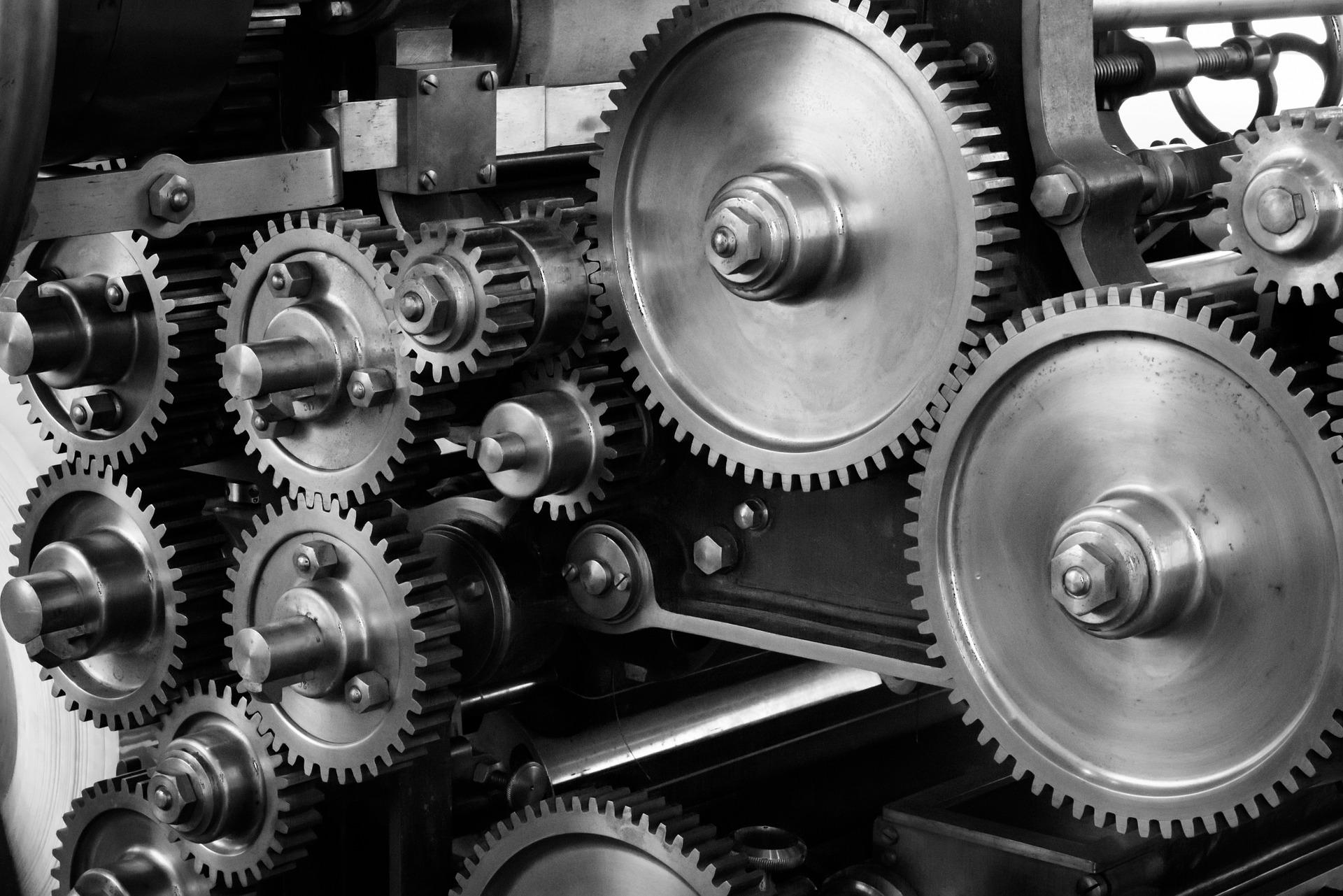A recent article by Dani Rodrick ends with the following statement:
“As economies develop and become richer, manufacturing – “making things” – inevitably becomes less important. But if this happens more rapidly than workers can acquire advanced skills, the result can be a dangerous imbalance between an economy’s productive structure and its workforce. We can see the consequences all over the world, in the form of economic underperformance, widening inequality, and divisive politics.”
The current crisis has focus more on issues like public deficits and the debt. However, one of the issues that we should also look closer is the allocation of the workforce as the latter reflects on the capability and the structure of the Greek economy.
The above graph presents the sectoral labour shares in Greece from 1982 till 2011 (annual data, sectoral employment divided by total number of employees). It is clear from the evidence provided that the sectoral labour share of manufacturing has decreased from 20% to 10% in thirty years. The services sector has increased from close to 40% in the early 1980’s to 67% in 2011.
However,Greece is not alone in this. Many western economies exhibit similar trends. The Figure below shows the sectoral labour pattern in the US for the same period. We can observe a similar decline in the labour sectoral share of manufacturing from 19% to 9% in this time span. For services the increase was from 57% to 69%. From that point of view the Greek economy is not different.
However the Greek economy is characterized by some important differences. One of them is that it participates in a monetary union and the exchange rate tool can not be used. Therefore the trade balance becomes of vital importance. The diagram below provides a vivid picture of the actual problem. Exports of traded goods represent only 30% of imports. Although this is improving and there seems to be an upward trend, there is much more that needs to be done in order to close the gap between exports and imports.
In a seminal paper, Lilien (1982) investigated the constituents of unemployment that can be attributed to labour reallocation for the US (for an excellent survey see here). Given the low levels of investment in Greece, an increase in exports could be only achieved with a reallocation of the labour force from services to manufacturing. There is no doubt that this going to increase unemployment even further in the short-run. The only hope is to accelerate this adjustment as much as possible. From a policy point of view, additional focus and resources need to be attributed to manufacturing in order for the Greek economy to return to a more stable and sustainable path.
The emphasis on manufacturing needs to become a long-run commitment together with the recognition from a policy maker point of view that manufacturing is special.
Note: This article gives the views of the author, not the position of Greece@LSE, the Hellenic Observatory or the London School of Economics.









